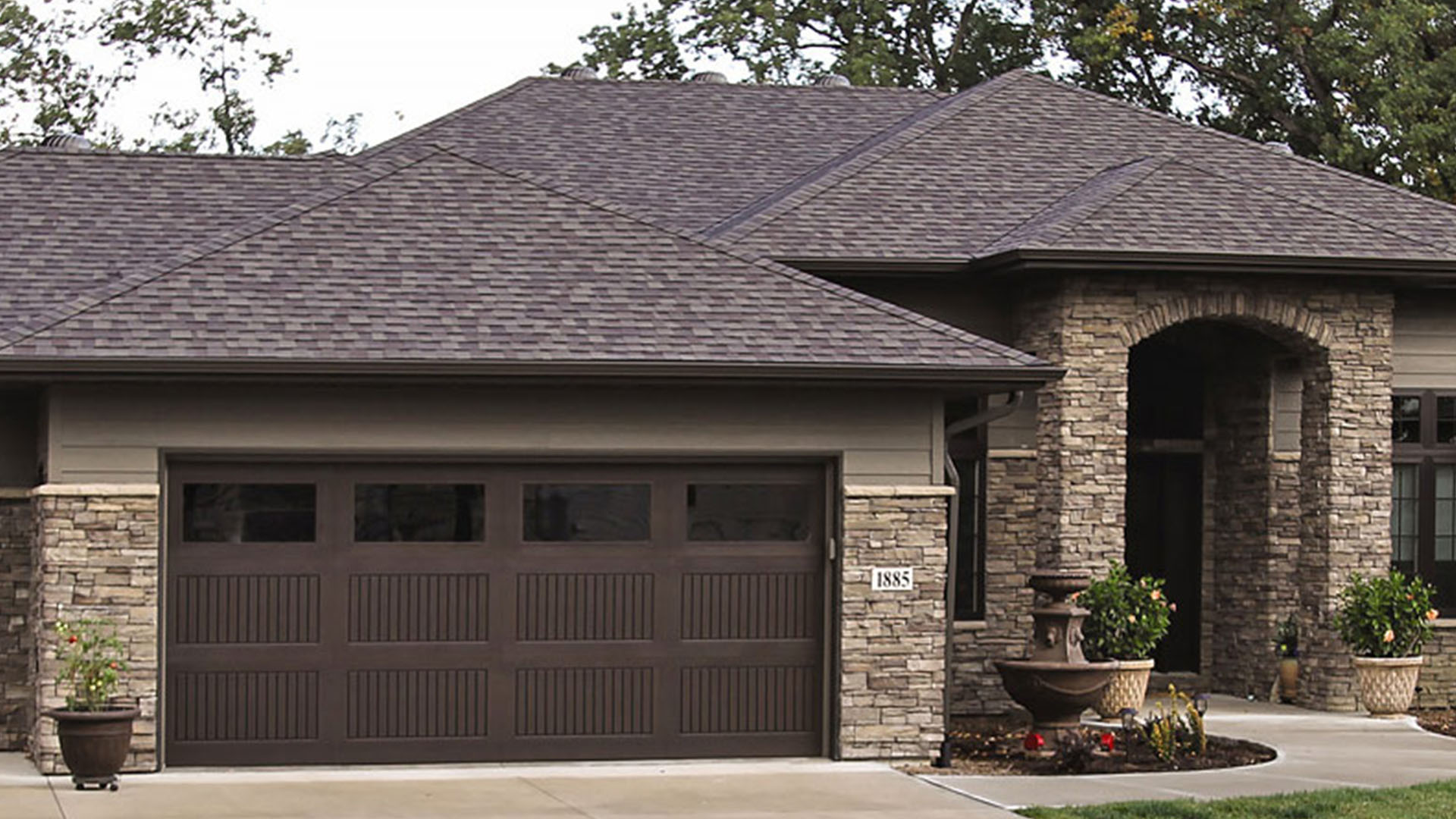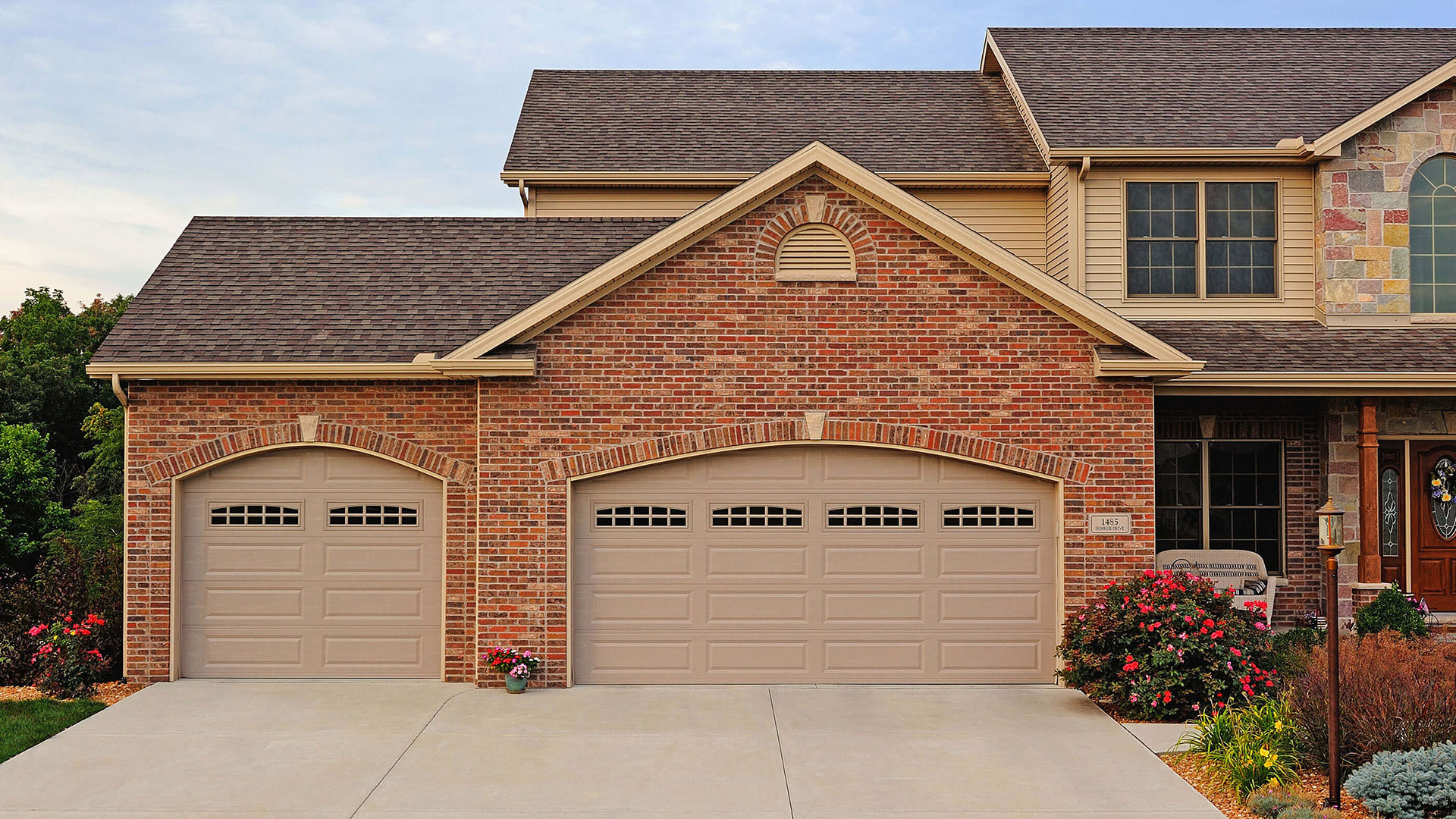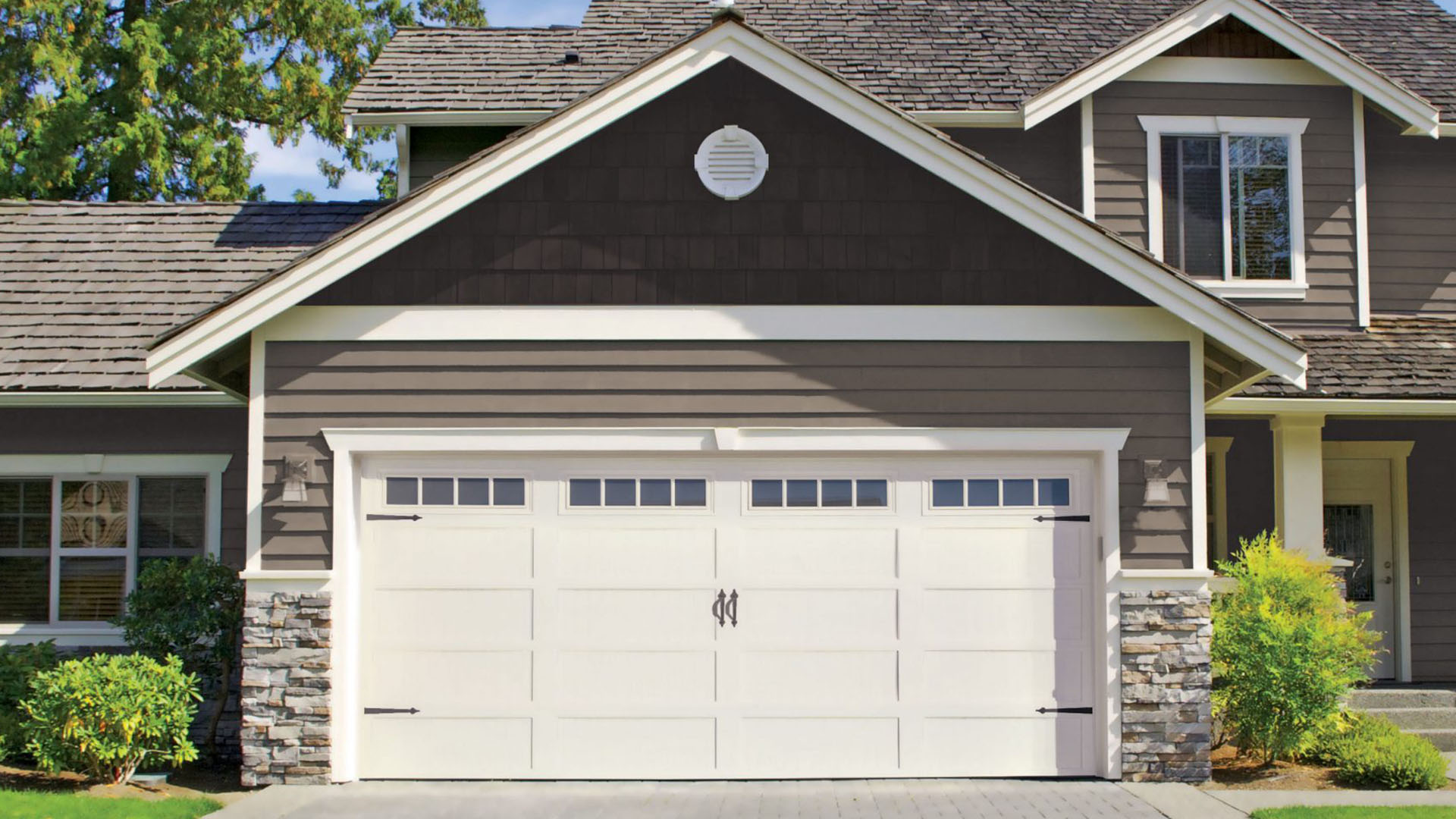Is It Safe To Replace Your Own Garage Door Spring In Agoura Hills?
Garage doors are an integral part of our daily lives, often taken for granted until they malfunction. One common issue homeowners face is the need for garage door spring repair or replacement. This article delves into the crucial question: Is DIY Garage Door Spring Replacement Safe? A Guide for Agoura Hills Residents.

Understanding Garage Door Springs
What Are Garage Door Springs?
Garage door springs play a pivotal role in how your door operates. These components counterbalance the weight of the door, making it easy to open and close. There are two main types of springs:
Why Do Springs Break?
Several factors can lead to spring failure:
- Wear and Tear: Over time, springs can become fatigued from repeated use.
- Rust and Corrosion: Exposure to moisture can weaken metal components.
- Improper Installation: Incorrectly installed springs may not function optimally.
Signs Your Garage Door Springs Need Repair
How do you know when it's time for garage door spring repair? Here are some telltale signs:
- The garage door won’t open or closes unevenly.
- Loud noises are heard during operation.
- The door appears saggy or misaligned.
DIY Garage Door Spring Replacement: The Pros and Cons
The Pros of DIY Repair
Embarking on a DIY project can be rewarding and cost-effective. Here are some benefits:
- Cost Savings: You save on labor costs associated with hiring a professional.
- Control Over the Process: You dictate how and when the work gets done.
The Cons of DIY Repair
However, there are significant risks involved:
- Safety Hazards: Improper handling of springs can lead to serious injuries.
- Potential Additional Costs: Mistakes may require further repairs that could exceed initial costs.
Is DIY Garage Door Spring Replacement Safe? A Guide for Agoura Hills Residents
Replacing garage door springs yourself comes with inherent risks. Safety should always be your first concern, especially in Agoura Hills, where many homeowners rely on their garages daily.
Understanding Risks Involved
Here are some potential dangers you might encounter:


Safety Precautions When Attempting DIY Repairs
If you still consider tackling this task yourself, here are essential safety tips:
- Always wear safety goggles and gloves.
- Use appropriate tools such as winding bars specifically designed for spring replacement.
Tools Needed for Garage Door Spring Replacement
Before diving into a DIY project, ensure you have all necessary tools at hand:
Step-by-Step Guide to Replacing Garage Door Springs
1. Gather Necessary Tools
Make sure you've collected all tools listed above before starting work.
2. Disconnect Power
Safety first! Unplug your garage door opener to prevent accidental activation.
3. Secure Your Garage Door
Use clamps or locking pliers on both sides of the track below the lowest roller to hold your door in place.
4. Release Tension on Old Springs
Using winding bars, carefully unwind tension from torsion springs or detach extension springs safely.
5. Remove Old Springs
Once tension is released safely, remove old springs from brackets.
6. Install New Springs
Follow manufacturer guidelines closely for new spring installation—this step is crucial!
7. Reattach Everything Properly
Ensure every component is securely fastened and check alignment before testing.
When Should You Call a Professional?
Sometimes it’s better to leave things to the experts—especially when safety is at stake! Consider calling a professional if:
Cost Comparison: DIY vs Professional Help
| Aspect | DIY Cost Estimates | Professional Estimates | |---------------------------|---------------------|------------------------| | Parts | $50 - $300 | $50 - $500 | | Labor | N/A | $100 - $200 | | Total Cost | $50 - $300 | $150 - $700 |
As seen in this table, DIY may seem cheaper initially but consider potential hidden costs that could arise from mistakes made during garage door spring repair installation.
Common Mistakes Made During Spring Replacement
Understanding common pitfalls can help you avoid future headaches:
FAQs about Garage Door Spring Repair
1. How long do garage door springs last?
Typically around 10,000 cycles; this translates to roughly 7 years for most households.
2. Can I just replace one spring?
It’s advisable to replace both since they wear out similarly; replacing only one may lead to premature failure of the other.
3. What happens if I don’t replace broken springs?
Ignoring broken springs can result in further damage to your garage door system and create unsafe conditions during operation.
4. How much does professional installation usually cost?
Costs vary widely based on location but typically range from $150-$700 depending on parts and labor complexity.
5. Can I lubricate my garage door springs?
Yes! Regular lubrication helps extend their lifespan; use a silicone-based lubricant designed explicitly for this purpose.
6. What should I do if my garage door starts making strange noises?
This could indicate several issues including worn-out rollers or problems with your springs—consider contacting a professional as soon as possible!
Conclusion
When considering whether “ Is DIY Garage Door Spring Replacement Safe? A Guide for Agoura Hills Residents” is worth pursuing, weigh both pros and cons carefully against safety concerns and skill level required for such repairs—especially given their inherent risks involved due to high tension associated with these components! Opting for professional assistance may often save time while ensuring peace-of-mind knowing everything's done right without compromising your family's safety!
Remember that maintaining your garage doors through regular inspections not only prevents frustrating breakdowns but also ensures longevity—keeping that trusty entrance secure over years ahead!